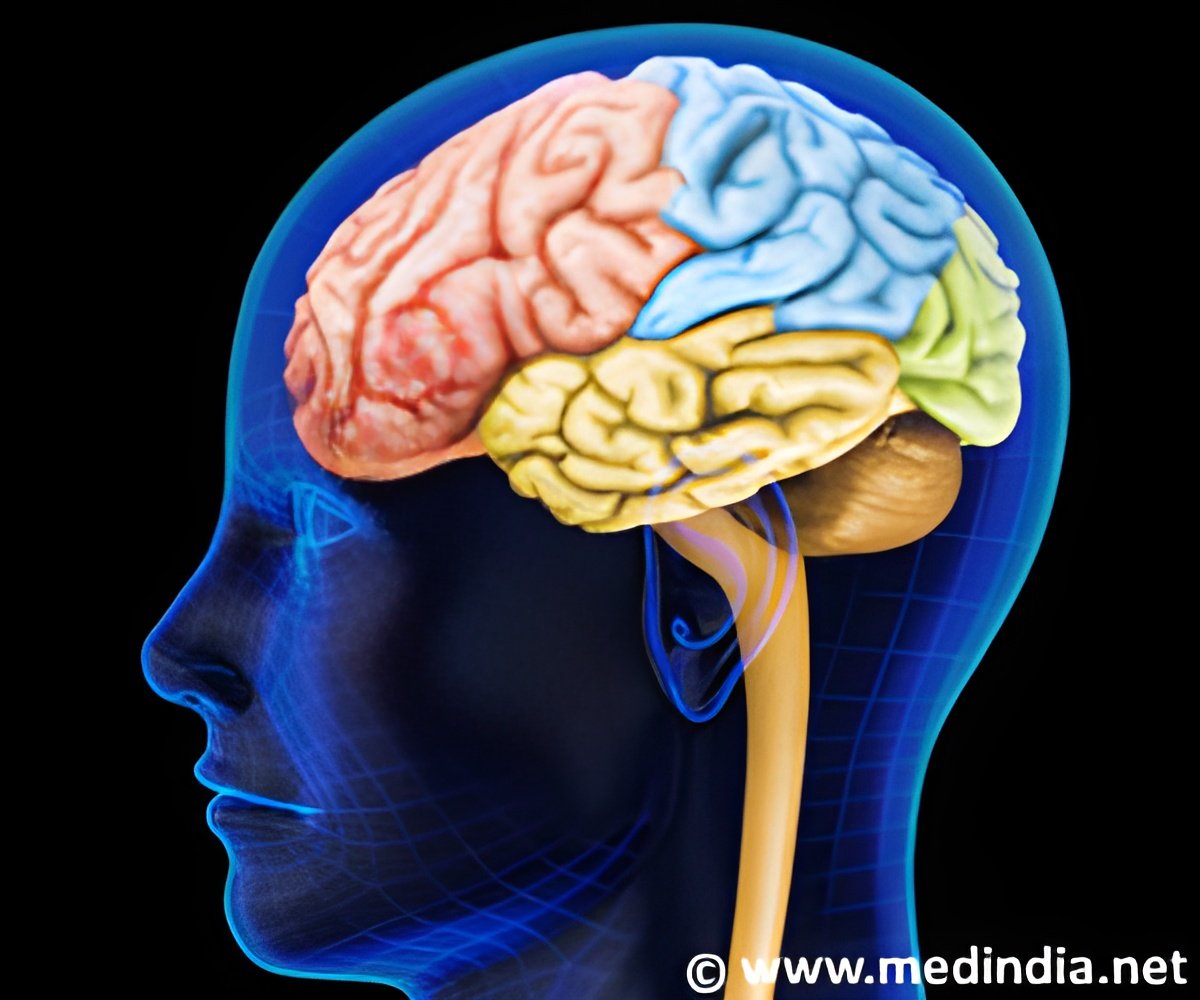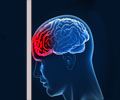
The hormone oxytocin has been shown to be helpful for improving social interactions in people with Autism Spectrum Disorder and other neurological conditions. However, its effects are very short term because the hormone breaks down quickly in the bloodstream and cannot cross the blood-brain barrier to enter the brain. A team of scientists at Mercer University have developed tiny capsules to shuttle oxytocin across the blood-brain barrier and slow its degradation. In experiments conducted in cells and mice, the nanocapsules appear to last longer and engender stronger prosocial effects than oxytocin alone. If successful in humans, the technology could improve autism treatment and potentially be applied to other drugs aimed at treating seizures, inflammation and other neurological problems.
‘Findings from new brain studies: tiny capsules were developed to carry oxytocin across the blood-brain barrier. New treatments emerged for treating chronic pain that do not have the side effects. Moderate aerobic exercise was found helpful for patient recovery.’
Tweet it Now
Rabies and herpes viruses harnessed for new brain circuit mappingResearchers from the University of California, Irvine are using a surprising technique to make new discoveries about the layout of the brain's center for learning, memory and spatial navigation. Although the hippocampus has been well studied, traditional mapping techniques do not provide information about specific cell types or the relative strengths of the connections between neurons. To take a closer look at how different areas of the hippocampus interact, the researchers injected the brains of live mice with viruses including rabies and herpes simplex virus. The scientists then traced the viruses as they replicated within neurons and spread from cell to cell, typically by jumping across the synapses that link neurons to each other. The researchers also induced specific neurons to fire and analyzed behavioral changes in the mice. Taken together, the experiments provide new insights about the hippocampus and, in particular, how two segments of it interact to regulate learning and memory.
Fighting pain by tracking it back to its place of origin
There is still much scientists do not understand about how the body transmits and regulates pain signals. Researchers at Texas A&M are taking a detailed look at the thalamus, a part of the brain where most pain signals are processed, in hopes of finding new treatments for chronic pain that do not have the side effects or addiction potential of existing therapies like opioids and other drugs. The team has engineered mice that produce glowing proteins when pain-activated neurons fire and used genetically modified rabies virus as a tracer to mark how pain signals travel from neuron to neuron. By combining these techniques, the team has been able to create a brain-wide map of the neurons that feed pain signals into the thalamus, illuminating specific areas that might be targeted with new therapeutics.
Exercise after concussion appears to aid recovery
Advertisement
Advertisement














